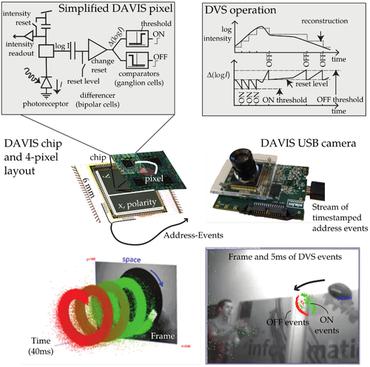Event Cameras, Contrast Maximization and Reward Functions: An Analysis
Event cameras asynchronously report timestamped changes in pixel intensity and offer advantages over conventional raster scan cameras in terms of low-latency, low redundancy sensing and high dynamic range. In recent years, much of research in event based vision has been focused on performing tasks such as optic flow estimation, moving object segmentation, feature tracking, camera rotation estimation and more, through contrast maximization. In contrast maximization, events are warped along motion trajectories whose parameters depend on the quantity being estimated, to some time t_ref. The parameters are then scored by some reward function of the accumulated events at t_ref. The versatility of this approach has lead to a flurry of research in recent years, but no in-depth study of the reward chosen during optimization has yet been made. In this work we examine the choice of reward used in contrast maximization, propose a classification of different rewards and show how a reward can be constructed that is more robust to noise and aperture uncertainty. We validate our work experimentally by predicting optical flow and comparing to ground-truth data.
PDF Abstract



